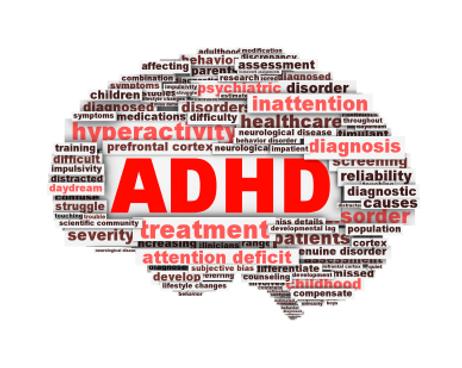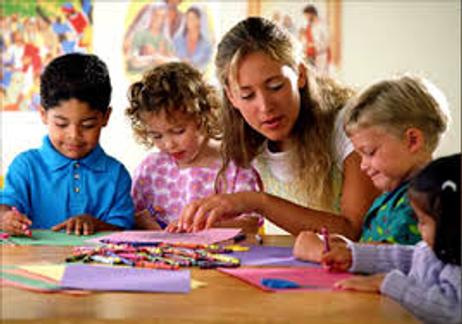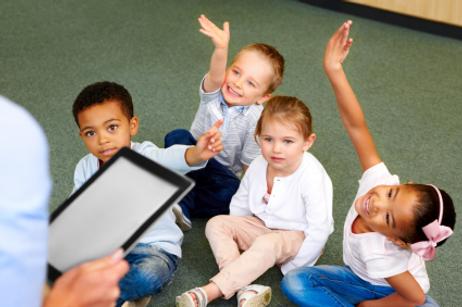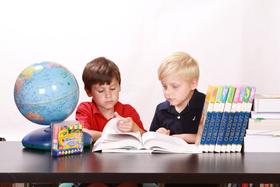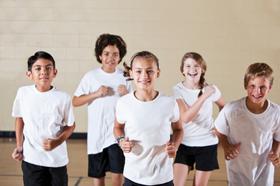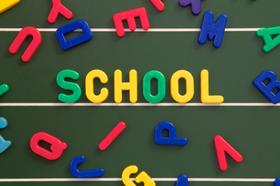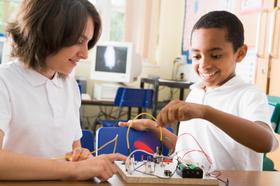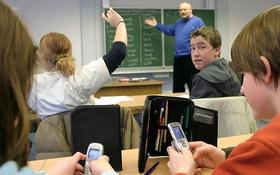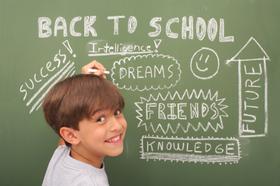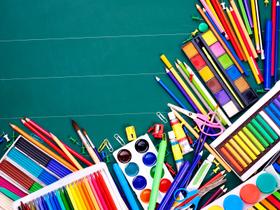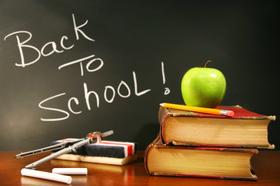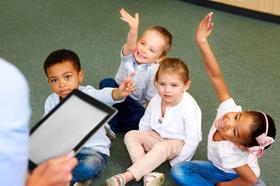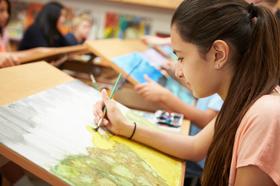Affecting 8% to 10% of all school-aged children in the United States, ADHD is a common behavioral disorder that often results in a child's struggle to focus his or her attention both in and outside of school.
While all kids act disruptively at times, ADHD symptoms will persist over an extended period of time, while occurring in a variety of settings. As the Nemours Foundations indicates, ADHD impairs “a child's ability to function socially, academically, and at home." With this rising trend, schools are implementing plans to support students and families to achieve both social and academic success.
This video features psychologists from the Center for Management of ADHD at The Children's Hospital of Philadelphia discussing the influence of ADHD on school performance.
Public Schools: Plans for Success with ADHD Students
- Federal Requirements and Individual Education Plans
As required by federal law, all public schools must make certain accommodations for any child struggling with a learning or developmental disability—including children diagnosed with ADHD. In some cases, a child may benefit from an Individualized Education Plan (IEP), which would require the child, parents, and teachers to work together in planned meetings to set appropriate goals, discuss strategies for success, and implement appropriate accommodations.
While these options are available, there are still steps that must be taken prior to the implementation of any IEP or education plan. According to Doctor David Rabiner, in his article "Obtaining

